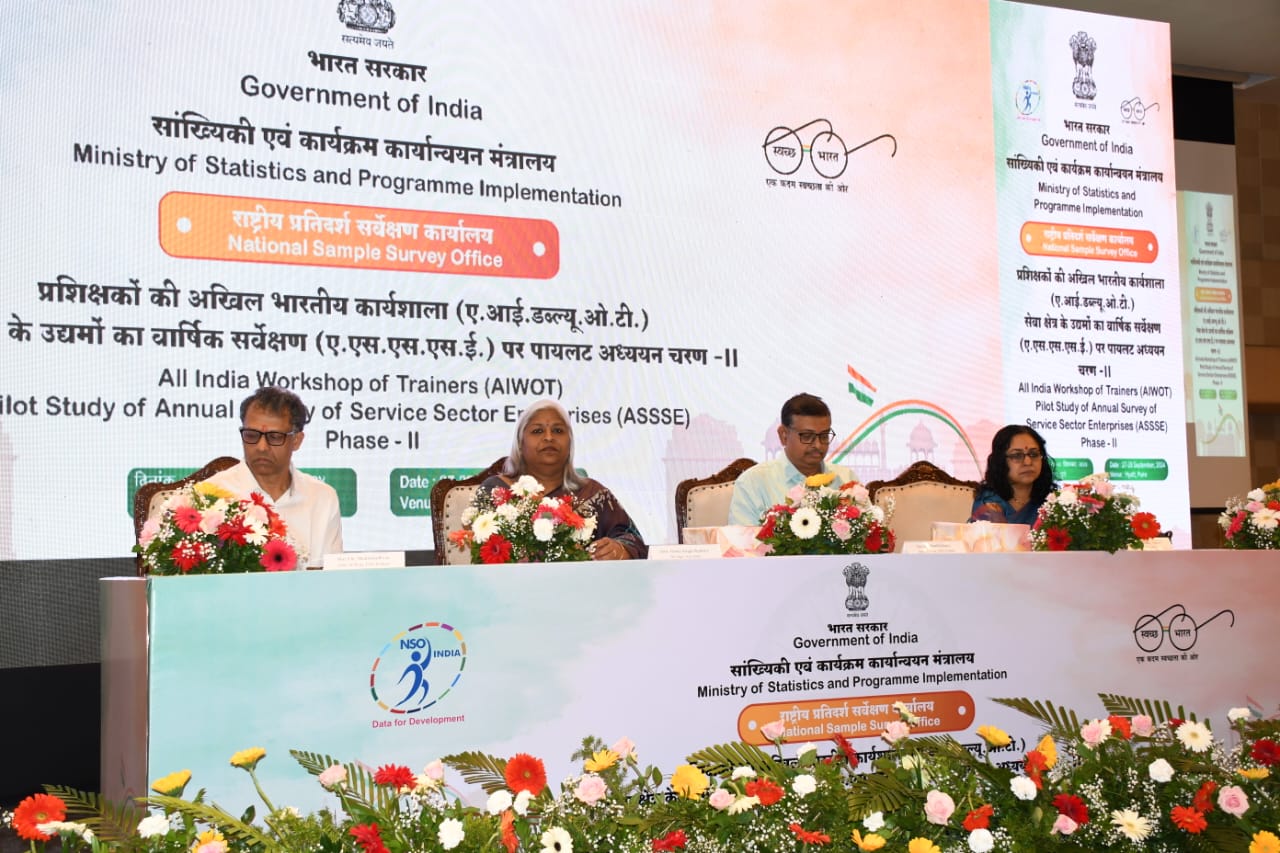- Courses
- GS Full Course 1 Year
- GS Full Course 2 Year
- GS Full Course 3 Year
- GS Full Course Till Selection
- CSAT
- 5 LAYERED ARJUNA Mentorship
- Public Administration Optional
- Online Program
- GS Recorded Course
- NCERT (Recorded 500+ Hours)
- Polity Recorded Course
- Geography Recorded Course
- Economy Recorded Course
- AMAC Recorded Course
- Modern India, Post Independence & World History
- Environment Recoded Course
- Governance Recoded Course
- Science & Tech. Recoded Course
- International Relations and Internal Security Recorded Course
- Disaster Management Module Course
- Ethics Recoded Course
- Essay Recoded Course
- Current Affairs Recoded Course
- ABOUT US
- OUR TOPPERS
- TEST SERIES
- FREE STUDY MATERIAL
- VIDEOS
- CONTACT US
PLACES IN NEWS 6th FEBRUARY 2025
PLACES IN NEWS 6th FEBRUARY 2025

Pobitora Wildlife Sanctuary
Why in news?
Assam’s Pobitora Wildlife Sanctuary has recorded a 50% rise in its water bird population, highlighting improved conservation efforts.
About Pobitora Wildlife Sanctuary:
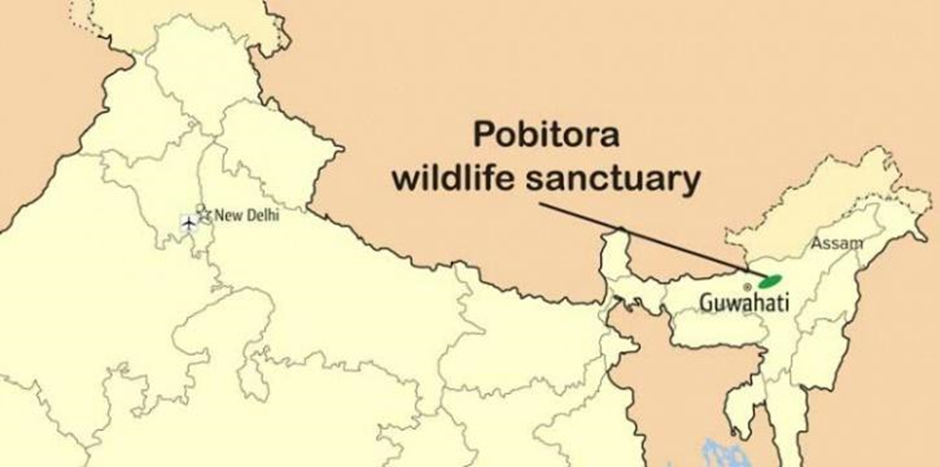
- Location:
- Pobitora Wildlife Sanctuary is located in the eastern region of Guwahati, Assam, covering 48.81 square kilometres.
- Established in 1998, it lies within the Brahmaputra floodplains, making it an ecologically rich area.
- The sanctuary comprises the Rajamayong and Pobitora Reserve Forests and is surrounded by small hills such as Kasasila, Hatimuria, Boha, Kardia, Govardan, and Panbari.
- Flora and Fauna:
- The sanctuary’s grasslands cover about 72% of its area, consisting mainly of tall grasses and wet savannahs, providing an ideal habitat for herbivores. However, water hyacinth is a major concern, as it forms dense mats on water bodies, affecting aquatic life and water birds.
- It is famous for having the highest density of Greater One-Horned Rhinoceroses in India. Pobitora played a key role in the Indian Rhinoceros Vision 2020 (IRV 2020), with eight rhinos translocated to Manas National Park to help expand their population.
- Other notable wildlife include wild water buffalo, wild boar, monitor lizard, and various reptiles and mammals.
- Pobitora is a paradise for birdwatchers, home to a large variety of resident and migratory water birds. The recent 50% increase in the water bird population reflects improved conservation measures and a healthier wetland ecosystem, making it a key area for avian diversity.
Subansiri River
Why in news?
The completion of spillway radial gate erection at the Subansiri Lower Hydroelectric Project marks a key milestone in India’s largest hydro project, enhancing flood control and power generation in the region.
About Subansiri River:
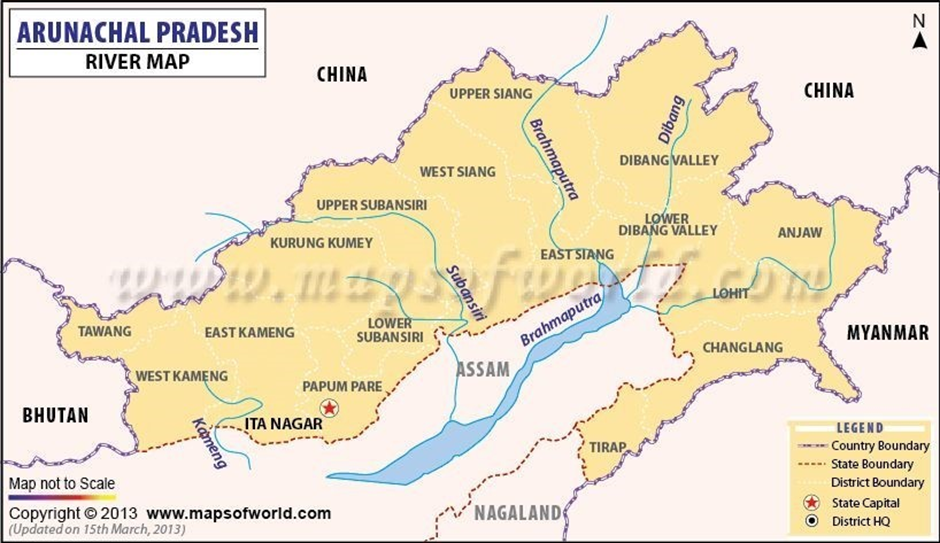
-
- The Subansiri River originates from Tibet, specifically in Lhuntse County of the Shannan Prefecture, where it is known as Chayul Chu.
- It flows through the Indian states of Arunachal Pradesh and Assam, before joining the Brahmaputra River on its right bank.
- The river stretches for approximately 518 km (322 miles) and has a drainage basin covering 32,640 square km (12,600 sq mi).
- The Subansiri is the largest tributary of the Brahmaputra, contributing 7.92% to its total flow.
- It plays a key role in the hydrological system of the region, supporting the ecosystems of both the Himalayas and the Brahmaputra valley.
Mount Taranaki
Why in news?
Mount Taranaki in New Zealand was granted legal personhood, recognizing it as a living entity with rights and protections.
About Mount Taranaki:
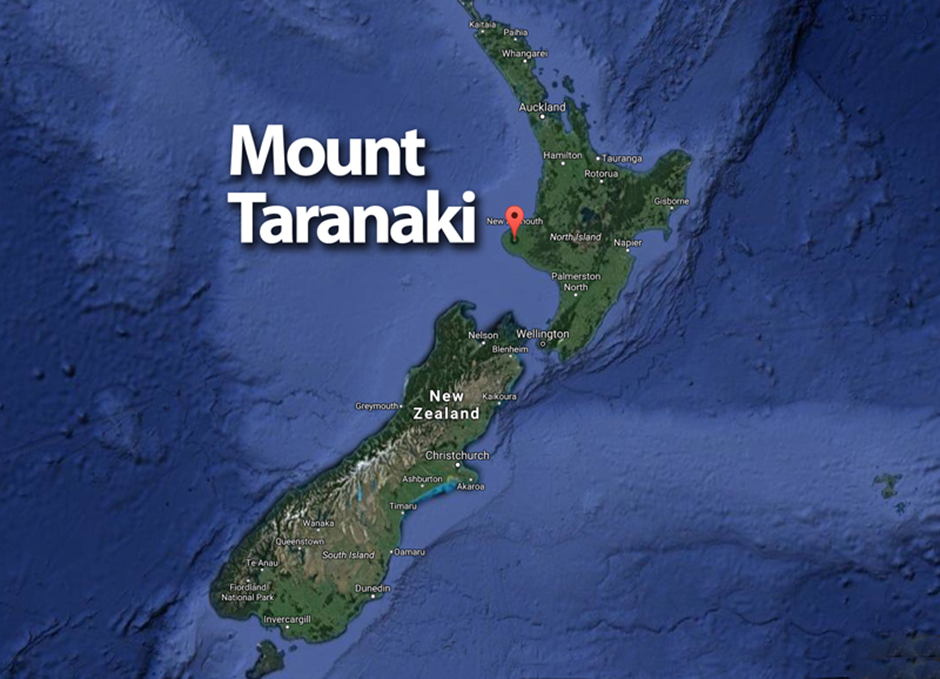
-
- Mount Taranaki (Māori: Taranaki Maunga), also known as Mount Egmont, is located in the Taranaki region on the west coast of New Zealand's North Island.
- It is a dormant stratovolcano, standing at 2,518 metres (8,261 ft), making it the second highest mountain in the North Island, after Mount Ruapehu.
- The mountain has a secondary cone, Fanthams Peak (Māori: Panitahi), which rises to 1,966 metres (6,450 ft) on its southern side.
- Mount Taranaki was granted legal personhood to recognize its cultural and spiritual significance to the local Māori iwi (tribes), particularly the Taranaki iwi.
- The decision reflects a broader movement to protect natural entities and acknowledges their intrinsic value, providing the mountain with rights and protections.
Hollongapar Gibbon Wildlife Sanctuary
Why in news?
The National Board for Wildlife (NBWL) approved oil and gas exploration in Hollongapar Gibbon Wildlife Sanctuary in Assam, raising concerns about its impact on the sanctuary’s biodiversity and endangered species.
About Hollongapar Gibbon Wildlife Sanctuary:
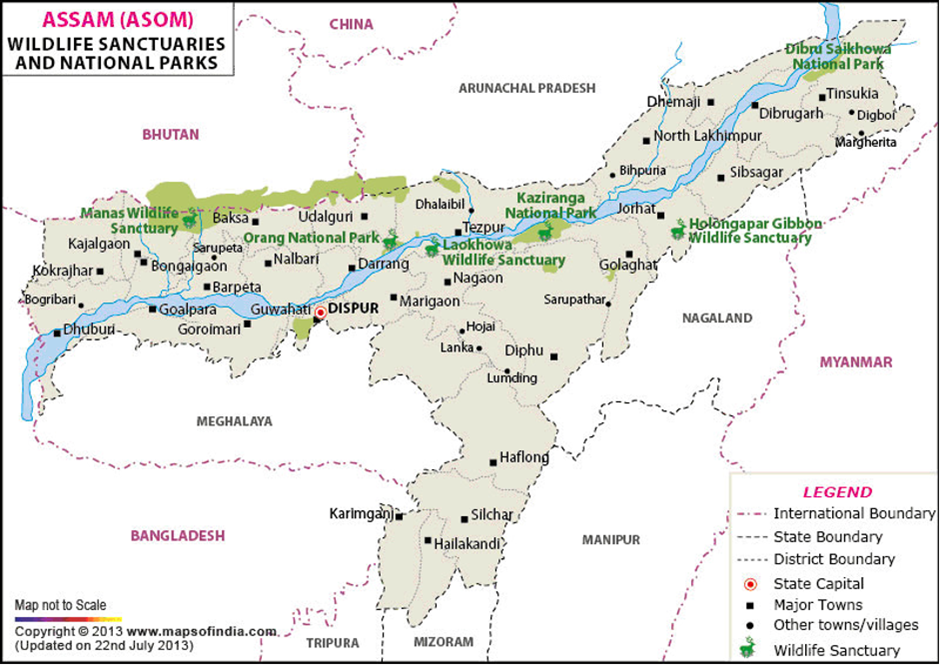
-
- Location:
- Location:
- Hollongapar Gibbon Wildlife Sanctuary is located in the Jorhat district of Assam, India.
- It holds the distinction of being the only sanctuary in India named after the gibbon, specifically for housing the densest population of hoolock gibbons in the region.
- The sanctuary is situated at an altitude ranging between 100 and 120 meters (330 to 390 feet) and features a gentle slope from the southeast to the northwest.
- The Bhogdoi River, which flows along its border, creates a waterlogged region dominated by semi-hydrophytic plants, enriching the sanctuary's diverse ecosystem.
- Flora and Fauna:
- Flora and Fauna:
- The sanctuary is home to a rich array of flora. The upper canopy is predominantly made up of the Hollong tree, while the middle canopy is dominated by Nahar trees. The lower canopy features a variety of evergreen shrubs and herbs, contributing to the dense vegetation.
- The sanctuary's fauna is equally diverse and includes India’s only gibbons, specifically the hoolock gibbons, and Northeastern India’s only nocturnal primate, the Bengal slow loris.
- Other notable species found here include Indian elephants, tigers, leopards, wild boar, civets, squirrels, and macaques, making it a vital habitat for numerous endangered and vulnerable species.
- Resource Potential and threats:
- Resource Potential and threats:
- In terms of resources, the sanctuary has potential for oil and gas exploration, though this has raised concerns regarding the protection of its biodiversity.
- Recently, the National Board for Wildlife (NBWL) approved oil and gas exploration, which could pose a significant threat to its fragile ecosystems.
- The approval process involves stringent regulations under the Wildlife (Protection) Act, 1972, where any development activity within protected areas requires the NBWL’s recommendation.
- However, such projects risk disturbing the sanctuary’s delicate balance, threatening its unique wildlife and biodiversity.
Parvati Arga Bird Sanctuary
Why in news?
World Wetlands Day 2025 was celebrated at the Parvati Arga Ramsar Site in Gonda, Uttar Pradesh, with the theme "Protecting Wetlands for our Common Future."
Parvati Arga Bird Sanctuary
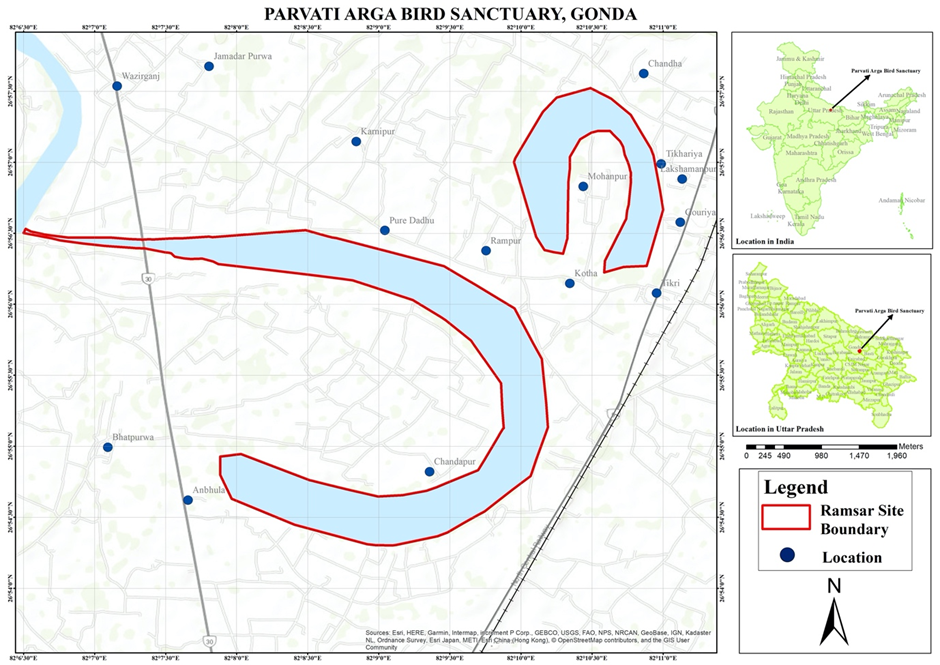
- Parvati Arga Bird Sanctuary is located in Gonda District, Uttar Pradesh, approximately 45 km from Gonda.
- The sanctuary spans an area of 1084.47 hectares and consists of two oxbow lakes—Parvati Tal and Arga Tal, situated about 1.5 km apart.
- These lakes were formed when the Saryu River changed its course, leaving behind these remains. The sanctuary is situated within the Upper Gangetic Plains moist deciduous forests ecoregion.
- Parvati Arga Bird Sanctuary also is recognised as a Ramsar Site, emphasising its significance as a wetland of international importance. The sanctuary’s oxbow lakes provide critical habitat for migratory birds, particularly those travelling across the Himalayas.
- The sanctuary is known for its rich avian biodiversity, hosting about 35 species of both resident and migratory birds. Migratory birds travel long distances from regions such as Tibet, China, Europe, and Siberia to reach the sanctuary during the winter season.
- Notable migratory species include the greylag goose, northern pintail, cotton teal, red-crested pochard, gadwall, northern shoveller, Eurasian coot, and mallard.
- Locally, the sanctuary is home to species such as the sarus crane, painted stork, Indian peafowl, white ibis, little grebe, and fulvous whistling duck.
- Additionally, Asian openbill, white-necked stork, pheasant-tailed jacana, bronze-winged jacana, grey-headed swamphen, and northern lapwing also inhabit the area.
|
Q. Consider the following rivers: (2014)
Which of the above flows/flow through Arunachal Pradesh? (a) 1 only Answer: option B
|
|
Also Read |
|
UPSC Foundation Course |
|
| CSAT Foundation Course | |


